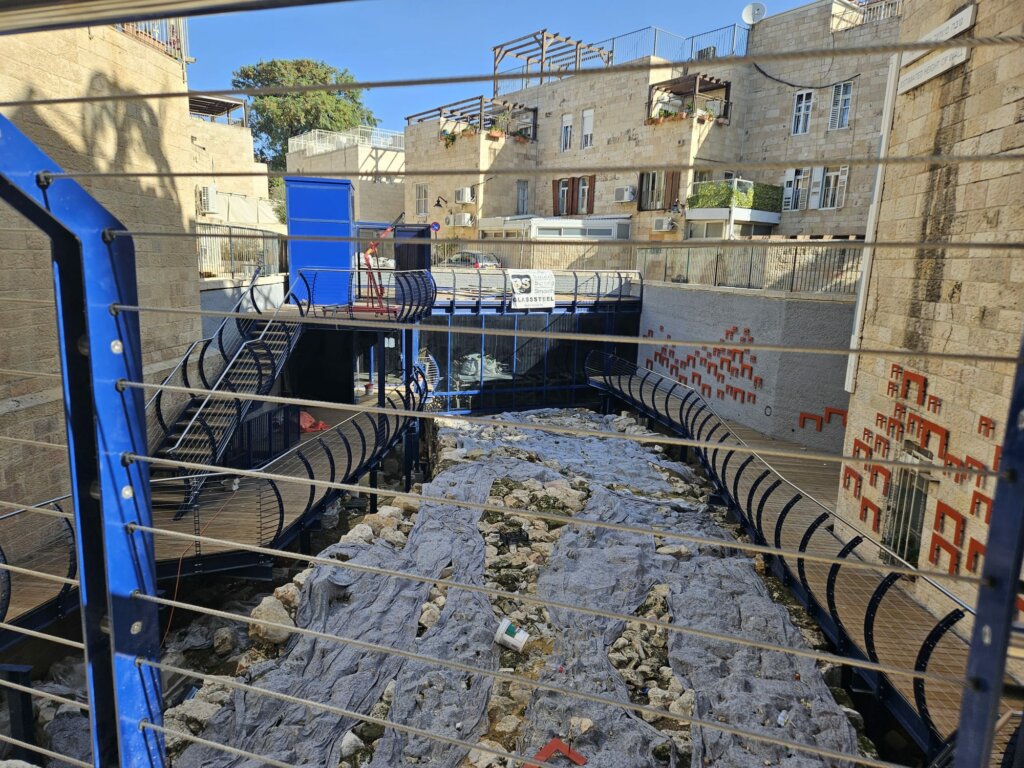Archaeologists working at Huqoq in Galilee discovered an extensive underground complex used by Jewish villagers to hide from the Romans during the First and Second Jewish Revolts. The site will be open to visitors on March 29 and April 5 with free registration.
In a new relief sculpture discovered in eastern Turkey, “Antiochos of Commagene calls on the people to ‘obey and respect the law.”
Lechaion, one of the harbors of ancient Corinth, is at least 500 years older than previously thought.
Israeli authorities arrested Palestinians who built a parking lot on top of Umm ar-Rihan, a Second Temple period archaeological site in the northern West Bank.
New release: Jerusalem through the Ages: From Its Beginnings to the Crusades, by Jodi Magness (Oxford University Press, 624 pages, $40; also at Amazon)
New release: Transjordan and the Southern Levant: New Approaches Regarding the Iron Age and the Persian Period from Hebrew Bible Studies and Archaeology, edited by Benedikt Hensel (Mohr Siebeck, €109)
New release: What’s in a Divine Name? Religious Systems and Human Agency in the Ancient Mediterranean, edited by Alaya Palamidis and Corinne Bonnet (De Gruyter; $165; free download)
James Riley Strange reviews Ancient Synagogues Revealed 1981–2022, edited by Lee I. Levine, Zeev Weiss, and Uzi Leibner.
Infusion Bible Conference is offering a digital download of “The Last Days of Jesus” conference (video lectures and notebook) for $69.
The Ancient Arabia website features a digital atlas, a gazetteer, and a thematic dictionary.
All Israel News has an article about two tabernacle replicas in Israel.
Hayah Katz believes that decline of Christian interest in biblical archaeology has contributed to increasing Jewish interest in the field.
Leon Mauldin just visited Ostia, the port city of Rome, and he shares some photos from his visit.
Ferrell Jenkins has posted photos of Corinth’s temple of Apollo and Erastus inscription.
Abigail Leavitt: “I spent the past week digging at Khirbet Rafid, a site across the highway from Tel Shiloh.”
HT: Agade, Gordon Franz, Gordon Dickson, Arne Halbakken
